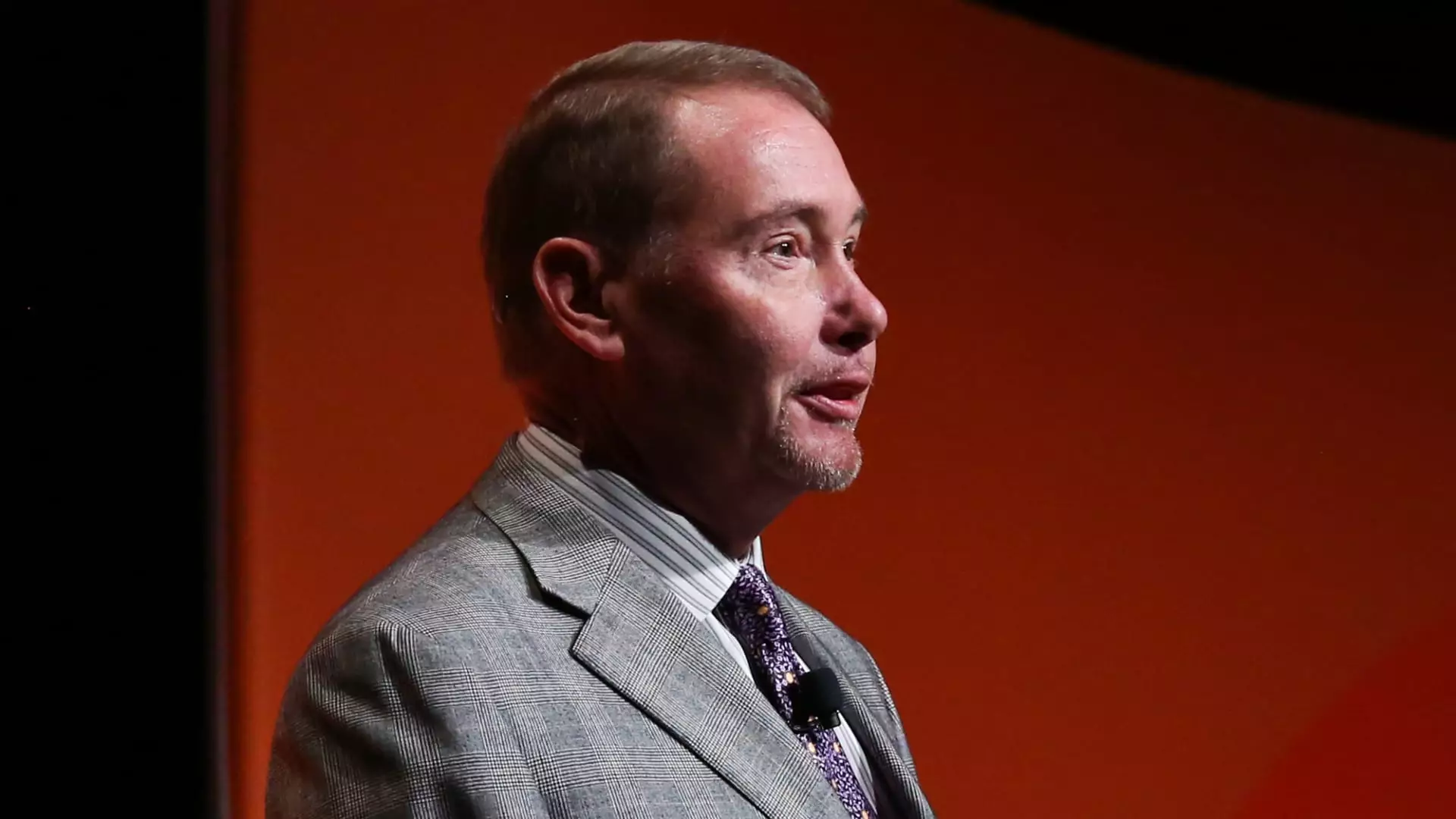Jeffrey Gundlach, the CEO of DoubleLine Capital, has voiced his concerns regarding the Federal Reserve’s handling of economic indicators, particularly inflation. In a recent investor webcast, Gundlach likened the Fed’s current approach to the well-known cartoon character Mr. Magoo, suggesting that the central bank is prone to reactive, short-term decision-making rather than adopting a comprehensive strategy. This metaphor highlights Gundlach’s belief that the Fed is navigating a complex economic landscape without a clear sense of direction, leading to potentially misguided policy implementations.
The Impact of Inflation Trends on Monetary Policy
Throughout the past several months, inflation has seen a fluctuating trajectory, with Gundlach emphasizing a concerning resurgence in price increases. He pointed out that while inflation rates had been decreasing, the recent trend indicates a reversal that may require more than mere reactive measures from the Fed. The inflation rate reported at 2.9% annually, accompanied by a 0.4% monthly uptick, underscores the ongoing challenge the Fed faces in achieving its target of 2%. Despite some indicators suggesting a modest improvement—such as lower core inflation rates—Gundlach warned that these signs do not alleviate the central bank’s burden to reassess its strategies and make necessary adjustments.
Investor sentiment has undergone a significant shift in response to the Fed’s recent actions and communication. Gundlach pointed out that the market has transitioned from expecting aggressive rate cuts to a more cautious outlook, with predictions now suggesting just a single cut in 2025. This shift reflects a broader reassessment of monetary policy expectations following the Fed’s recent adjustments, which included a notable one-percentage-point reduction in benchmark rates since September. Importantly, while the Fed had previously hinted at a more aggressive easing strategy, its latest projections indicate a much slower pace, with only two quarter-point cuts likely on the horizon.
As Gundlach highlights, the Fed seems to have reached a point of synchronization with market sentiments, which has heightened uncertainty regarding future monetary policy. The market now anticipates a prolonged period of stability with a higher likelihood of maintaining current rates during the upcoming January meeting. This forecast is further underscored by futures pricing, which suggests that while there may be incremental cuts later in the year, significant changes in policy are unlikely in the near term. Gundlach’s insights reinforce the notion that the Fed must navigate with caution, balancing the need for action with the realities of economic indicators that may not align perfectly.
Jeffrey Gundlach’s critique of the Federal Reserve serves as a reminder of the complexities inherent in economic policymaking. His call for a more strategic, long-term outlook highlights the risks of short-termism in monetary policy, especially in light of the ongoing fluctuations in inflation. As the Fed continues to adapt its strategies, it faces the challenge of reconciling market expectations with economic realities—a balancing act that will be crucial in shaping the future of monetary policy in the United States. The coming months will certainly prove to be a critical period for the Fed as it strives to align its objectives with those of the market, all while steering the economy toward stability.

